
|
|
|
 |
Kindle Available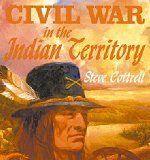 Civil War in the Indian Territory When the war broke out, both sides wanted the Five Civilized Tribes, led by the Cherokees, and each got around half. The Confederacy sent Brigadier General Albert Pike to recruit them, and he did a pretty good job. A strange, brilliant, man, Pike's career as a General is a minor footnote in his long life |
November 29-30, 1864 Sand Creek / Chivington Massacre
DVD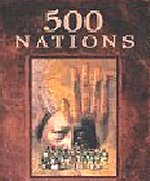 500 Nations An eight-part documentary that explores the history of the indigenous peoples of North and Central America, from pre-Colombian times through the period of European contact and colonization, to the end of the 19th century and the subjugation of the Plains Indians of North America |
Civil War State Battle Maps American Civil War Exhibits American Civil War Timeline Civil War Recipes Ships and Naval Battles Confederate Commanders Women in the War Civil War Summary Civil War Picture Album Reenactors Row Supplies |
DVD Indian Warriors - The Untold Story of the Civil War Some 20-30 thousand Native Americans fought in the Civil War. Ely Parker was a Seneca leader who found himself in the thick of battle at the side of General Ulysses S. Grant. Stand Waite, a Confederate General and a Cherokee was known for his brilliant guerilla tactics |
Kindle Available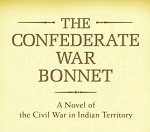 The Confederate War Bonnet: A Novel of the Civil War in Indian Territory An evocative historical novel that helps to answer how Indians became involved in the Civil War, why they joined Confederate forces, and how the experience shaped their future in America. |
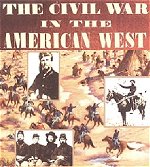 Civil War in the American West An accurate and detailed history of the Western Theater of the Civil War, which was largely forgotten by history. He was one of the first historians to fully understand the impact that California had on the war as he gives an accounting of the Federal raid on the Dan Showalter Ranch in San Bernadino on October 5, 1861. |
 Confederate Armies: Kentucky, Maryland, Missouri, the Confederate Units and the Indian Units This volume is arranged by state; units organized directly by the Confederate authorities from various state companies; and those units from the Indian nations allied with the Confederacy. Chapters are included for artillery, cavalry and infantry units that are broken down by size: battalions, batteries, companies and regiments |
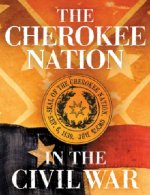 The Cherokee Nation in the Civil War The Cherokee people, who had only just begun to recover from the ordeal of removal, faced an equally devastating upheaval in the Civil War. The Cherokee Nation, with its sovereign status and distinct culture, had a wartime experience unlike that of any other group of people |
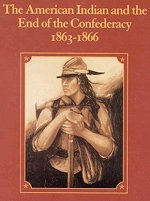 The American Indian and the End of the Confederacy, 1863-1866 The vulnerability of the Indians caught between two warring sides. The failure of the US government to afford to the southern Indians the protection solemnly guaranteed by treaty stipulations was the great cause of their entering into an alliance with The Confederacy |
 The American Civil War in Indian Territory Native Americans fought in both Union and Confederate units. The Indian Territory saw its share of battles and campaigns. If you are a reenactor or modeler this is the kind of detail that you need. The photos and artwork make this a must-have. |
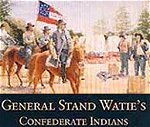 General Stand Watie's Confederate Indians The Confederacy pioneered the idea of giving blacks and women positions of authority [the Matron Law], placed Jews in positions of power, put General's stars on a Mexican and the first American Indian General. This book is his story |
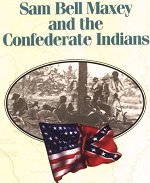 Sam Bell Maxey and the Confederate Indians Accompanying photos, clear maps. This book will leave you wanting to learn more about this rather neglected region of the war. No less important in many regards for the defining of the nation's future than the more well-known battlefields of Virginia, Maryland, and Pennsylvania. Highly recommended |
Sources:
U.S. National Park Service
U.S. Library of Congress